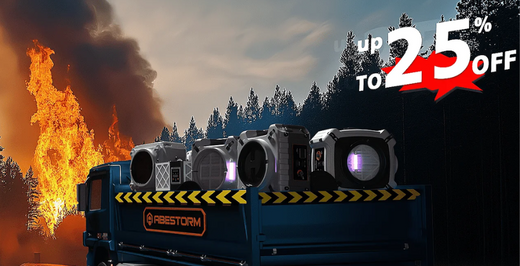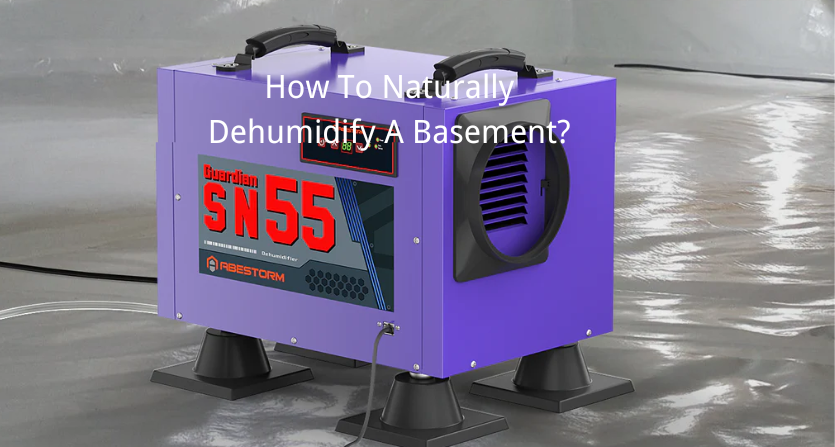Central air conditioning is great for keeping interior spaces cool during the summer. However, many homeowners wonder if they still need a dehumidifier to remove excess moisture from the air. While air conditioners do dehumidify to some degree as part of their normal cooling process.
They are not specifically designed to control humidity levels independently. High humidity levels above 50% relative humidity can cause unpleasant musty smells, lead to mold or mildew growth, and damage building materials over time. A dehumidifier is a specialized appliance that wicks moisture from the air through a condensation process, lowering indoor humidity to optimal 30-50% levels for health and preventing moisture issues.
This article will explore whether having a central AC system eliminates the need for a dehumidifier, the signs you may still need one, and the benefits of pairing the two systems together for superior moisture control throughout the home.
Does central air eliminate the need for a dehumidifier?
While central air conditioning systems are very effective at cooling indoor air temperatures during the summer months, they may not be as efficient at dehumidifying ambient air levels down to the optimal range for health and preventing mold growth. As the primary function of central air is temperature control, keeping humidity under 50% relative humidity is a secondary concern.
Factors like home insulation levels, air leaks in the home's envelope, and outdoor air temperature and humidity all impact how effectively a central AC system can dehumidify alone. On very humid days or in climates that see high rainfall, even an efficient central air unit may struggle to keep indoor dampness at bay without supplemental dehumidification. This can cause issues like water dripping and mold growth. This is why many homeowners still benefit from running a standalone dehumidifier, especially in problem areas of the home.
Air Conditioners & Humidity
While air conditioners are primarily used for cooling indoor air temperatures during warm weather, most homeowners don't realize they also function as dehumidifiers to some degree. As air conditioning units lower the temperature of the air, their cold evaporator coils cause excess moisture in the air to condense out of the vapor phase. This condensation is collected in a drain line and removed from the living space.
However, AC systems are not optimized for maximum dehumidification - their primary goal is temperature regulation. On hot and humid days or in climates with naturally high rainfall, central air alone often struggles to reduce indoor relative humidity below 50-60%. When excess moisture is not adequately extracted, health and structural issues can arise. That is why a dedicated dehumidifier used in conjunction with AC can provide superior comfort and moisture control.

Signs you may need a dehumidifier with central AC
- Frequent musty or damp smells are present even when the AC is running
- Visible condensation or water droplets on interior windows and surfaces
- Mold or mildew growth appearing on walls, furniture, or other items
- The basement/crawl space feels damp or has musty odors
- High relative humidity levels reading over 50% on a hygrometer/humidistat
- Clothes or towels take longer than expected to dry
- Wood floors, furniture or trim show signs of swelling or warping
- AC system runs frequently without really lowering humidity
- Locations like bathrooms remain humid even after shower/bath use
- Outside humidity is consistently high (over 60-70%) during the summer
- Home is located in an area with tropical, marine or gulf climate
Benefits of using a dehumidifier with central AC
There are several advantages to pairing a dehumidifier with a central air conditioning system. First and foremost, it helps ensure indoor humidity levels remain in the ideal 30-50% relative humidity range recommended for health, material preservation, and mold prevention. This targeted humidity control is more effective than intermittent use of the central AC alone.
It removes moisture that accumulated when the AC wasn't running, taking some workload off the central system. Homeowners benefit from reduced risk of musty odors, mold/mildew growth, and moisture-related damage to wood, paper, and furnishings.
Windows also stay clearer with a dehumidifier in operation. Energy bills may even decrease compared to overusing the larger central AC for humidity tasks it isn't optimized to perform. Overall, supplemental dehumidification improves indoor air quality and comfort throughout the warm months.
Types of dehumidifiers to consider
Portable thermoelectric or desiccant bucket dehumidifiers
- Carry capacity of 20-75 pints removed per day
- Easy to move between rooms as needed
- Requires regular emptying of collected water
Portable venting dehumidifiers
- Discharge collected moisture through the exhaust hose
- Higher capacity of 40-150+ pints removed daily
- Don't require daily emptying like bucket models
Whole-home central dehumidification system
- Installed the same as the central AC/heating unit
- Automatically controls humidity levels
- throughout entire home
- Highest capacity of 75-200+ pints per day
Dual-hose portable dehumidifiers
- Draw air from outside for more efficient operation
- Higher capacity than single-hose models
- Larger size than standard portable types
Thermoelectric or desiccant dehumidifier sizes: small, medium, large

Energy Efficiency Contradiction
While dehumidifiers and air conditioners both work to make indoor spaces more comfortable, there is a contradiction between them when it comes to energy efficiency. Running an air conditioner alone is more economical than relying on a standalone dehumidifier for humidity control. However, continuing to run the larger AC system longer than necessary just to reduce moisture can negate any savings.
Dehumidifiers are designed to operate continuously at lower energy costs. Using a dehumidifier to do some of the work can allow homeowners to increase their thermostat setting and run central AC less during shoulder seasons. This dual-system approach optimized for part-load performance is often the most parsimonious solution. It reduces overall utility bills while still effectively managing both temperature and indoor air quality.
The Perfect Balance
Balancing temperature and humidity control can seem like a challenging process, but homeowners can achieve ideal indoor comfort with some simple steps. The key is monitoring both factors with a thermostat and hygrometer to understand individual home needs. On most days, running the central air conditioning alone may be sufficient.
But on hot and rainy days, or in certain problem areas, a dehumidifier can make a big difference. Trial and error can help identify the right combination of runtimes. Communicating units can be programmed to work together seamlessly.
With warm weather, it's important to prevent moisture buildup that enables mold issues. Finding the perfect temperature and humidity balance protects health, prevents damage, and lowers utility costs long-term.
FAQ’s
What is the ideal humidity level for indoor air?
The ideal humidity level is between 30-50% relative humidity.
When will a central AC system struggle with humidity?
Central AC alone may not keep humidity below 50% on hot, humid or rainy days.
How can you monitor your home's humidity?
Use a hygrometer or humidity level reading on your thermostat to monitor indoor humidity.
Conclusion
While central air conditioning provides cooling and some degree of dehumidification, it may not be fully adequate to keep indoor humidity under control on its own, especially in certain climates or home types. A standalone dehumidifier can help supplement central AC and ensure proper moisture removal throughout the home. By monitoring humidity levels with a hygrometer, homeowners can determine if high moisture persists even with AC running. Signs like mold, musty smells or slowed drying time also indicate a need for better dehumidification.
Using a dehumidifier in targeted problem areas allows the AC to run less while maintaining an ideal indoor environment. Both upfront costs and utility bills may decrease over-reliance on AC alone for humidity tasks. Overall, the right-sized dehumidifier paired with a central AC system provides maximum comfort, health and prevention of moisture damage year-round.









Shop For Dehumidifier